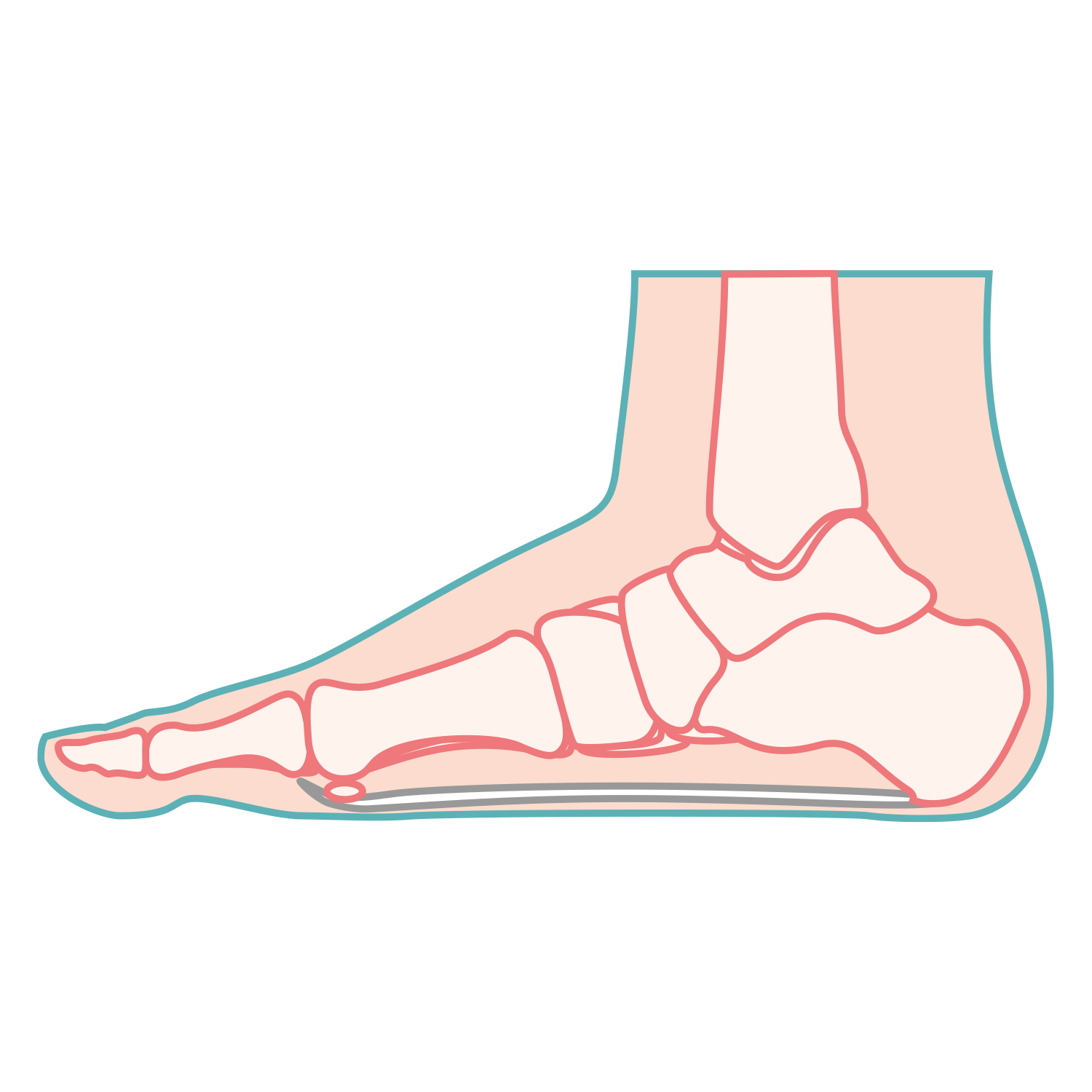
flat foot
 Description of the pathology, definition and symptoms
Description of the pathology, definition and symptoms
The acquired flat foot of the adult must be distinguished from that of the child, And it is characterized by a very common deformity of the foot with a loss of the footbed. This deformity can be symptomatic or not, in some cases in fact it does not give any type of annoyance or pain. In cases where instead the cause of problems in daily life is necessary, a framework and a specialist treatment is needed.
The pathology is more frequent in the female sex, in the age group between 55 and 70 years. In this condition the foot tends to deform over time progressively losing the characteristic footbed on the inside of the foot. In some cases the terminal part of the foot (outputs) can compensate for deformity by rotating outwards. Depending on the different forms of the pathology, the flat foot can associate with: a pain on the internal part of the foot and under the medial malleolus (very common condition) to refer to an inflammation of the rear tibial tendon; a swelling on the inside of the foot; pain that worsens with activities such as running and jumps; In the most advanced cases, pain is also manifested on the external part of the ankle.
conservative therapy
It is useful to avoid the use of narrow shoes and shoes with heels over 4- 5 cm that can worsen the symptoms. On the other hand, comfortable shoes with a large plan and with good internal support of the medial arch are to be preferred. However, there are no specific advice to prevent the development of the flat foot in the adult.
Conservative therapy is initially indicated in all cases of flat foot and is often able to solve the problem. The patient may be prescribed a tailor -made plantar capable of supporting the foot and in particular the footbed, breastfeeding the symptoms. In some cases to reduce pain in the acute phase, guardians may be prescribed to provisionally immobilize the foot and may possibly be indicated not to load the weight on the foot concerned for a limited period.
















